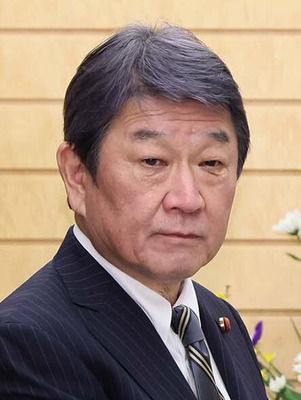
Introduction to UPI
In 2016, Unified Payments Interface (UPI) in India was introduced by the National Payments Corporation of India. UPI has made the transaction extremely simple. Whether you want to buy 10 rupees or pay Rs 10,000, now you will not have to face any kind of trouble.
Characteristics of UPI Circle
Now UPI users are also available UPI circle facility, so that many people can use it at the same time. Let us know how the UPI circle can be used.
Many people can use an UPI account simultaneously. The primary user gets two options in the UPI circle, so that he can connect the secondary user. For this, the primary user will have to give the secondary user to scan the UPI QR code or he will have to enter his mobile number and give full or partial payment delegation rights.
Full and Partial Payment Delegation
Full payment delegation means that all rights are given to secondary users. In such a situation, if he pays someone, then the primary user gets only one notification. At the same time, in the partial payment delegation, the secondary user has the right to pay, but requires the permission of the primary user.
In this, when the partial payment delegation pays the user, the primary user receives the notification and has to enter the PIN, only then the payment is met.
Transaction limit in UPI circle
The transaction limit for secondary users in UPI Circle has been set up to Rs 15,000. They can pay up to Rs 5,000 per transaction. Apart from this, those who do not have bank accounts or debit cards will also be able to pay UPI.
-
Cristian Romero boost for Thomas Frank and Tottenham after international slip up

-
Former Japan FM Motegi to run in LDP leadership race

-
Blackheads vs Whiteheads: Look similar but are different; How to get rid of them?

-
US Open winner looks completely different now years on from lifting title

-
Moment Jeremy Corbyn stabs Starmer in back during 'whiny' Sky News interview
